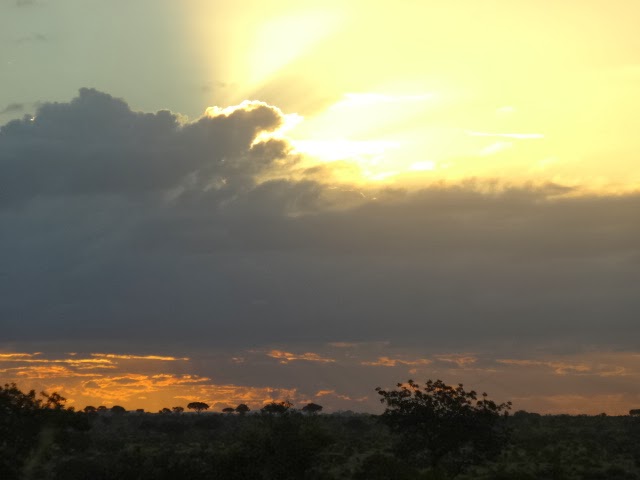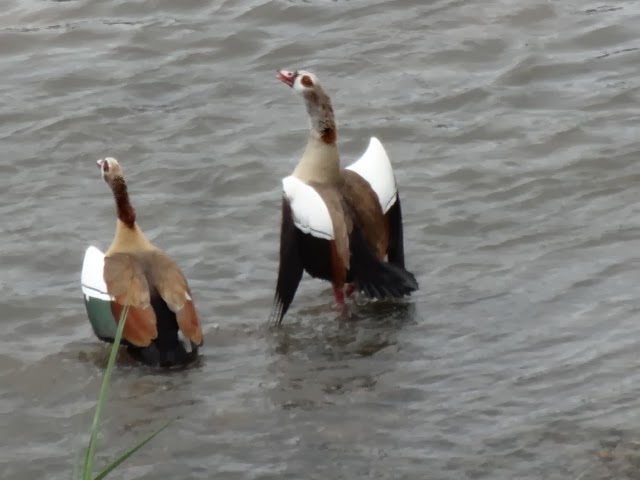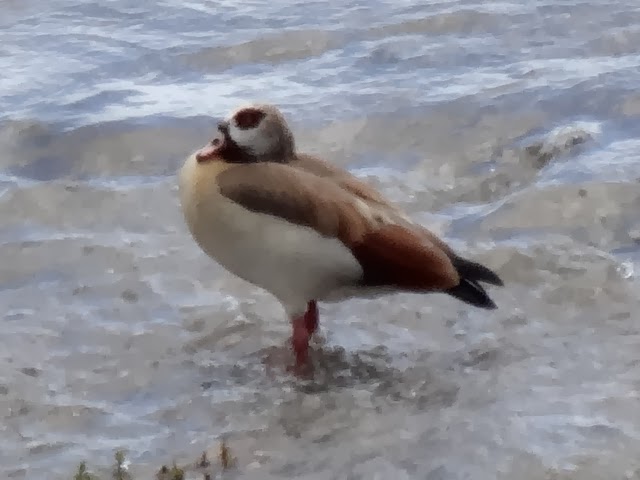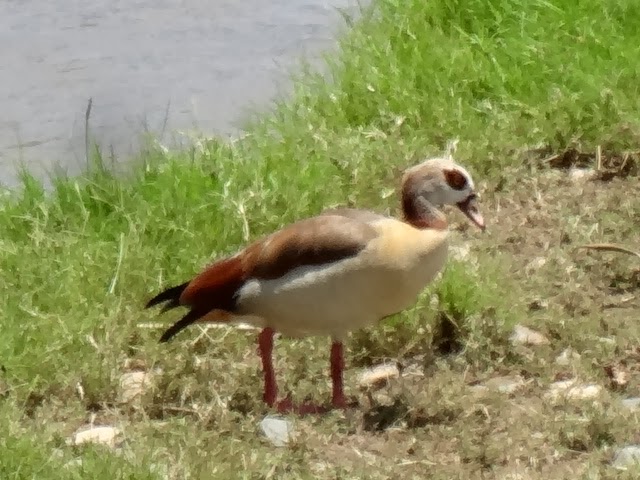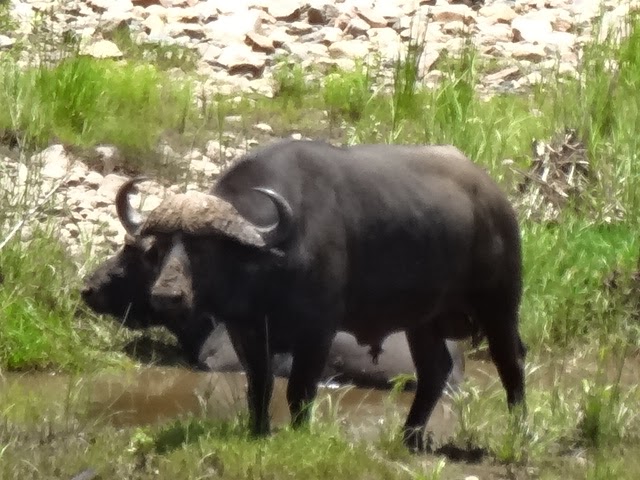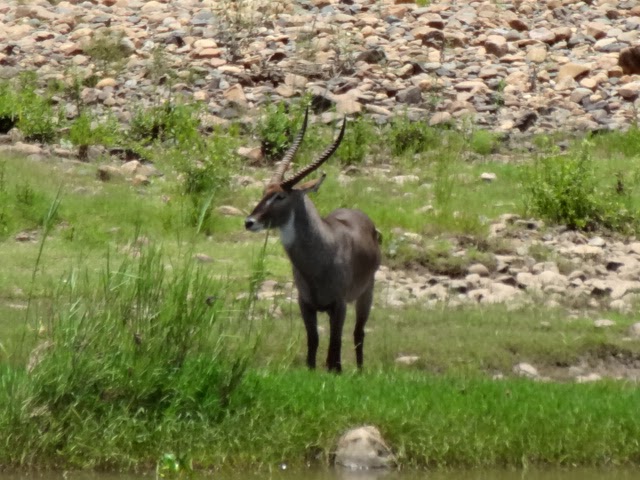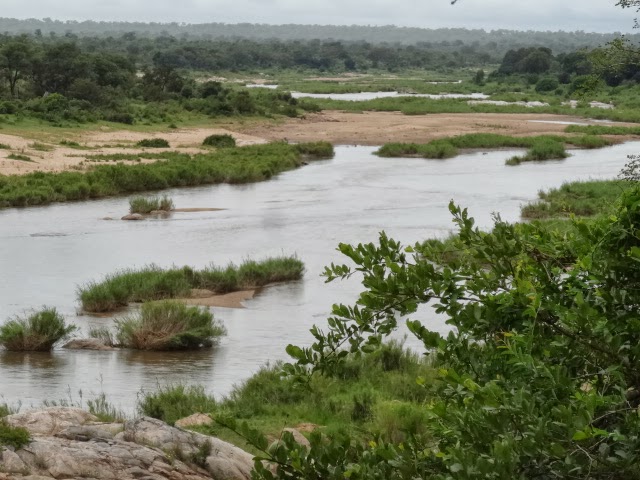 |
| Last night during our quiet dinner party for four on the veranda at the African Reunion House, we heard a sound in the distance. Moments later, we heard the “thump, thump” sound of hooves. Less then 20 feet, 6 meters, from us stood this adorable zebra. Grabbing pellets and carrots, we all had an opportunity to interact with him, unable to wipe the smiles off of our faces. Without a doubt, he’ll be back. |
Finally, I’ve begun to accept that we’re leaving South Africa, with the knowledge that we’ll still be on the continent of Africa for almost three more months.
 |
| Our first zebra visitor at the African Reunion House was welcomed with open arms. |
As a young girl, I dreamed of Africa hoping that someday this dream would be realized. At 17, ready to graduate high school, I longed to join the Peace Corps. Still underage, my mother refused to let me go. But, here I am today, enriched and fulfilled after spending the past almost six months in Africa with more time to be savored in the exotic Morocco, a world away from Marloth Park.
 |
| Our friend Kathy got up close and personal with him, hand feeding him pellets. As a hostess gift for our dinner gathering, Kathy and Linda brought us a big bag of pellets, instead of the usual wine, flowers or candy. Nothing could have been more appropriate when we were running low. How did they know we needed pellets? |
Almost 50 years is a long time to carry around a dream. Why was it so long in coming? Life. Kids. Work. Responsibilities. Time. Money. All of these.
Today, on my 66th birthday, I can only smile feeling grateful in many ways; to my husband for making this adventure possible and for his willingness to spread his wings to leave a lifetime of comfort and familiarity; to our family for accepting our decision to leave Minnesota and the US; to our friends for graciously supporting our decision; for our health which, without it, none of this would have been possible; and for the new friends we’ve made along the way that have opened their homes and hearts to us.
 |
| Tom feeding the visiting Zebra carrots. I didn’t care if we ran out of carrots and couldn’t make our usual coleslaw. |
Gee, this sounds like an Academy Awards acceptance speech! However, birthdays, after age 60 years, seem to revolve around acceptance. It includes acceptance of changes in ourselves; the changes in our health, our bodies, our memory, our energy level and most of all, our motivation.
One might think it’s just “too much work” to travel to Africa; the required inoculations; the malaria pills; the risk of illness, injury, disease; the necessity to become tolerant of the heat and humidity often with no air conditioning; dealing with the fears of snakes and insects; accepting the lengthy travel time and, the daunting task of finding the best place to live.
 |
| He was actually much taller than he appears in these photos. We were standing on the edge of the veranda while he was standing in a lower spot in the bush. I was so excited I paid no attention to my camera settings, resulting in the darkened shot. |
All of these reasons and more may leave a prospective traveler with the sense that it’s just too much trouble to travel to Africa. Amid all of these reasons, somehow, we got ourselves here.
Tom has surprised me. I thought he’d never want to visit Africa. And when we lived outside on that veranda in Kenya, not by choice but by necessity, in the blistering heat and drenching humidity, with the biting insects, with the almost daily power outages, he somehow made it through with dignity and grace.
 |
| Kathy’s hand reaching out to feed him a piece of carrot that he loved. |
And I, too, made it through, albeit with my raging fear of centipedes, sweating in the heat, knowing that complaining served no purpose, especially when I was the one that wanted to go to Africa.
And now, these past almost three months, outdoors on the veranda no less than 15 hours a day, often in the heat and humidity, at times with biting insects and snakes, yes and snakes, we haven’t felt it was a struggle. Acceptance. It kicked in almost three months ago, when they came to see us. The animals. It came to us almost six months ago, when we arrived in Kenya, knowing a safari in the Masai Mara was imminent.
The discomfort wafted away, replaced by something magical, the likes of which neither of us has ever known and most likely, will never know again. The animals. The people. The environment. Amazing.
 |
| Mr. Tree Frog was gone during dinner last night, but reappeared for the fourth time this morning. We can’t figure out why he likes this particular spot. Most likely, he loves to eat and drink, perhaps swim in the pool, only to return to this exact spot. I looked for information on tree frog behavior, unable to find an explanation. |
We’ve been given a gift by Louise and Danie by completing our remaining time in Marloth Park in the luxurious African Reunion House by, a gift we couldn’t turn down. Each day more and more visitors stop by as if welcoming us in their area, their home in the bush.
With more visitors coming here, we have no reason to return to the little house, other than to stop over on Monday, pack all of our belongings to bring it all to one house to pack for the upcoming trip to Morocco next Friday.
We can now say goodbye, knowing that when and if our health and time is right, we can return to Marloth Park, perhaps to go on safari again in the Masai Mara, Kenya, to finally see Victoria Falls in Zimbabwe and to travel to Rwanda to see the Gorillas and to once again embrace Africa and its wonders.
And, if for one reason or another we cannot return, we’ll always hold the memories of our time in Africa deep within our hearts, our minds, and our spirits.
Today, I celebrate my birthday, not as one more year of this life passing by. Instead, I celebrate the acceptance for all that I’ve loved, for all that I’ve learned, and for all that is yet to come.


















